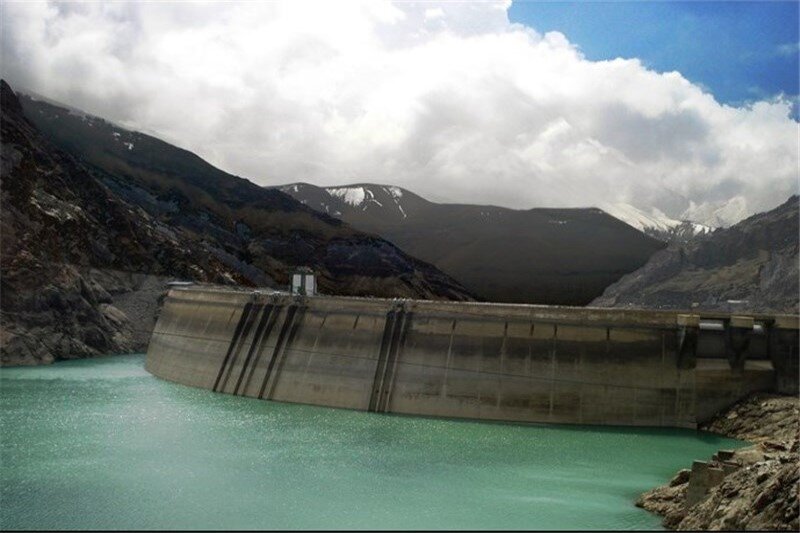Renewable water resources decline by 30%

TEHRAN – Renewable water resources have decreased by 30 percent over the last four decades, while Iran’s population has increased by about 2.5 times, Qasem Taqizadeh, deputy minister of energy, has stated.
The current water year (started on September 23, 2020) has received the lowest rain in the past 52 years, so climate change and Iran’s arid region should become a common belief at all levels, he lamented, IRNA reported on Wednesday.
Referring to the total capacity of Iran’s dam reservoirs standing at 50.5 billion cubic meters, he said that as a result of flood management activities in previous years, the dam levels are 60 percent full, which is 28 percent less than last year (March 2020-March 2021), Taqizadeh noted.
The country's water resources must be managed on the basis of a document on adaptation to water scarcity, which has been prepared in cooperation with all water-related sectors, including the Ministry of Agriculture, the Department of Environment, the Ministry of Industry, and the Meteorological Organization.
Under the document, within the next 5 to 15 years, in each of the sectors of agriculture and industry, certain amounts of water should be saved, he explained.
“We have to resist cultivation of water-consuming crops in the agriculture sector so that we should not grow rice in areas where drinking water is scarce,” he highlighted.
Stating that Tehraners consume 20 to 30 percent more water than the national average, he said that “the average water consumption per Tehrani citizen is 240 liters daily, which is 200 liters in the country.”
Out of a total of 183 currently operational dams across Iran, 52 are related to the Caspian Sea catchment area, 12 are based in the Urumieh (Urmia) basin, 68 dams are located in the Persian Gulf and the Gulf of Oman watersheds, 34 dams are in the Central Plateau, 11 dams are in Sarakhs catchment basin, and another six dams are located across the eastern boundary basin (Hamoun).
Groundwater resources declining
A recent report by Nature Scientific Journal on Iran’s water crisis indicates that from 2002 to 2015, over 74 billion cubic meters have been extracted from aquifers, which is unprecedented and its revival takes thousands of years along with urgent action.
Three Iranian scientists studied 30 basins in the country and realized that the rate of aquifer depletion over a 14-year period has been about 74 billion cubic meters, which is recently published in Nature Scientific Journal.
Also, over-harvesting in 77 percent of Iran has led to more land subsidence and soil salinity. Research and statistics show that the average overdraft from the country's aquifers was about 5.2 billion cubic meters per year.
Mohammad Darvish, head of the environment group in the UNESCO Chair on Social Health that the situation of groundwater resources is worrisome.
The report notes that Iran’s water consumption has increased due to a significant increase in legal and illegal wells, the expansion of agricultural land, and increasing livelihood dependence on water and soil resources in agriculture, livestock, and poultry, which are mainly caused by human factors, Darvish noted.
The statistic is unprecedented, as the total reservoirs of all dams in the country have a capacity of about 50 billion cubic meters; In other words, in the last 14 years, 22 billion cubic meters more than the capacity of all dams have been extracted from the country's underground sources, he explained.
More drought
In March, Ahad Vazifeh, head of the national center for drought and crisis management, forecasted that the country will not receive much rain until the end of summer (September 23). A month later, he announced that an unprecedented drought had occurred in some parts of the country.
This is while in the following weeks, statistics showed that precipitation has declined by 60 percent in Iran over the first two months of the current [Iranian calendar] year (March 21-May 21) compared to the same period last year.
And, it dropped by 41 percent compared to the long-term average.
FB/MG
Leave a Comment